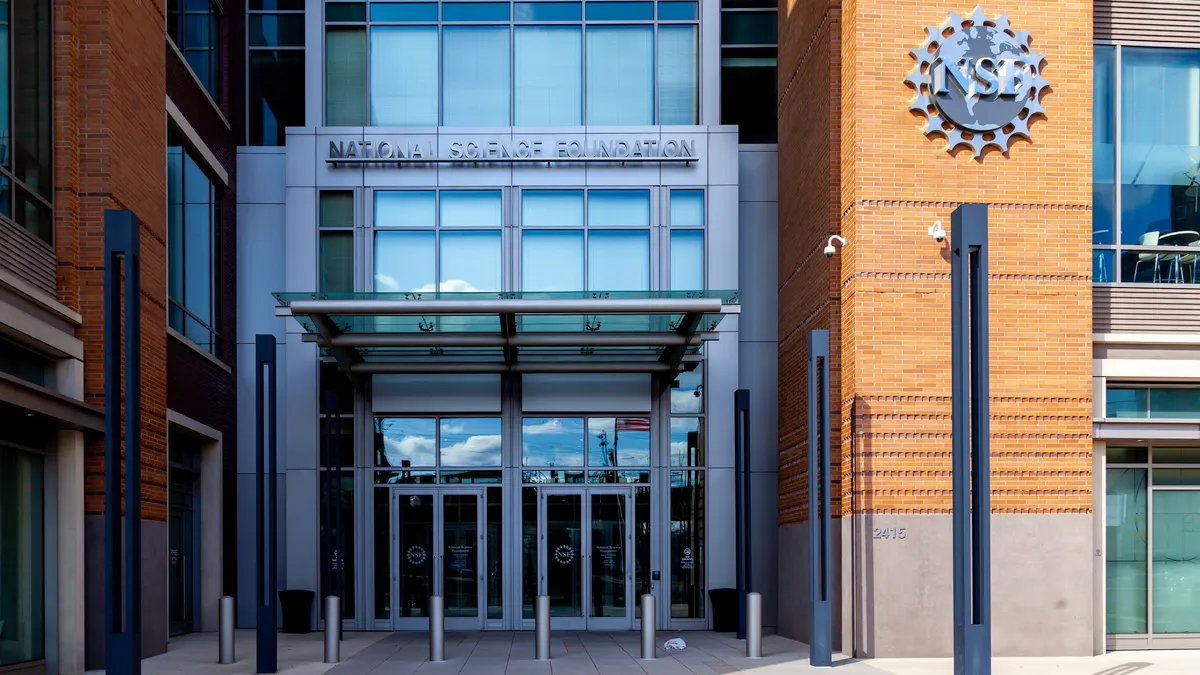Freshman year is a tough time for students, especially those who are navigating an unknown world as first-generation students and those who are underrepresented minorities. Many students struggle with feelings that they don’t belong. And it contributes to their failure.
Researchers in the College Transition Collaborative focus on problems caused by psychological friction, which, in turn, lead to lower academic performance, dropout, and decreased student satisfaction. One of their areas of focus is the issue of social belonging. An intervention targets a school’s freshman class, separating out students who will get the treatment and those in a control group. The intervention digs into the psychology that contributes to the challenges faced by students in new environments.
“In our control group, we say things get better over time,” said Mary Murphy, an associate professor of psychological and brain sciences at Indiana University and a principal investigator for the collaborative. “That’s a positive message. But what’s different compared to our intervention is the meaning I take from a challenge or adversity.”
Students take an online training that teaches them doubts about belonging are common and short-lived. The treatment group sees quotes from upperclassmen from a range of cultural backgrounds who describe how it wasn't true at the beginning, but that they came to feel they belonged at the college.
The treatment group then writes an essay about how this phenomenon has been true for them in the past, for example in the transition from middle school to high school or after a move. Then they become benefactors, rather than simply beneficiaries of this wisdom — they read their essay as a speech for a video, ostensibly to help other students adjust.
Tracking the control and treatment groups over time, researchers found the intervention reduced the black/white achievement gap through senior year by 52% at one college. While black students in the control group had virtually no change in their GPA from the fall of their freshman year to the fall of their senior year, black students in the treatment group improved. The same was true among white students.
All of the students faced common issues with the transition to college — they struggled with course selection and navigated financial aid troubles, they had to work hard to make friends and cope with low grades on particularly hard exams. But the treatment group found more success.
“We think this worked because it freed students from psychological worries to build the relationships they need to succeed in college,” Murphy said. “They were less likely to view negative events as because they don’t belong.”
More than 18,800 students participated in this intervention last year. Murphy said the goal is to increase that number to 250,000 in two years. The College Transition Collaborative is methodically scaling up its interventions, designing new treatments for campuses based on their unique student populations and tailoring the quotes from upperclassmen based on information gathered from current students.
At Stanford University, like many others, easing the transition to college is a key challenge on the path to helping students succeed. Rob Urstein, managing director of Global Innovation Programs, was responsible for transitioning new undergraduates to the university from 2012 to 2015 as associate vice provost for undergraduate education. There, during the development of some of the interventions that have been expanded by the College Transition Collaborative, Urstein worked to help students develop a sense of belonging.
About 15% of students at Stanford are the first in their families to attend college and, in an entering class of about 1,700 students, more than 1,000 different high schools are represented from all 50 states and more than 50 countries around the world. The vast majority of students, then, are in a new place with no familiar faces.
“The opportunity to think about belonging in a really specific way was very helpful to us,” Urstein said, “because we know that students are going to be better in terms of their personal wellness and they’re going to perform better when they can really focus on that and not on ‘Am I smart enough to be here?’ or ‘Am I going to make friends?’”
At Stanford, interventions like the one the CTC is testing at campuses across the country are part of an overall strategy about how to make as many students successful as possible. Urstein said being able to implement something that had been rigorously tested was exciting, especially given that colleges and universities, with the best of intentions, often try a lot of things — sometimes based simply on intuition. In this case, the belonging intervention proved to help students, and, importantly, it also helped faculty, staff, and administrators develop a heightened sensitivity to important psychological factors affecting student success.
“Without that sense of feeling like this is a place you can belong, almost nothing else at Stanford is really possible,” Urstein said.














